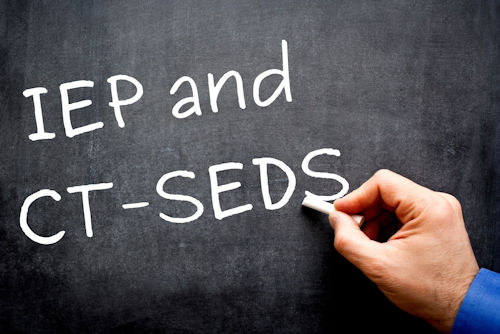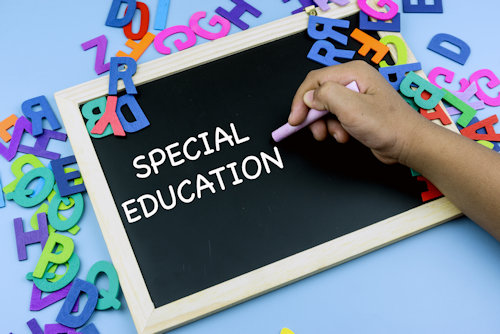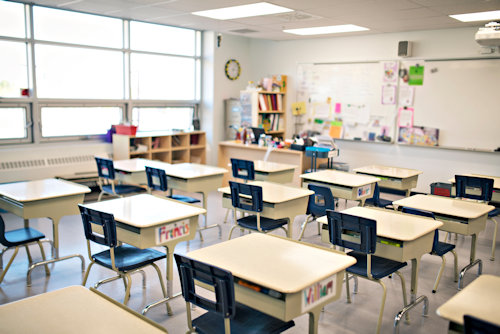Supplementary Aids and Services
Supplementary Aids and Services are a component of a student’s Individualized
Education Program (IEP). These aids and services are intended to help the student
gain more access to learning and their participation across the range of academic,
extracurricular, and nonacademic activities and settings.
The Supplementary Aids and Services section (formerly Accommodations and
Modifications) of the CT IEP form will include four parts:
- Accommodations
- Modifications
- Assistive Technology
- Direct Adult Support
Accommodations: help students access the
curriculum, without changing it. For example, a student could have written
instructions, preferential seating, extended time, or movement breaks.
Assistive Technology (AT):
is any device,
software, or equipment that helps students with disabilities to learn, communicate,
or function better and more independently. AT can range from low-tech, such as a
pencil grip, to high-tech, like a speech-generating communication device.
Modifications: are when curriculum and expectations
are changed for the student. For example, a student may have alternative or shortened
projects or assignments, or different test questions.
Direct Support (Adult): are adult supports that are needed to support the student
directly, such as a one-to-one, or two-to-one paraeducator. This does not include a
classroom paraeducator that is working with all students in the class.
Indirect Services: are the supports teachers or other school staff will need to
implement the IEP. Indirect services will be listed in a grid that includes the service,
goal, responsible staff, how often and for how long, as well as the start and end dates.
Examples of indirect services are: consultation, classroom paraeducator, and targeted
professional development (such as training on a student’s assistive technology).
» Supplementary Aids and Services PDF
» Documento en espanol viene pronto
» Supplementary Aids and Services List of Examples












